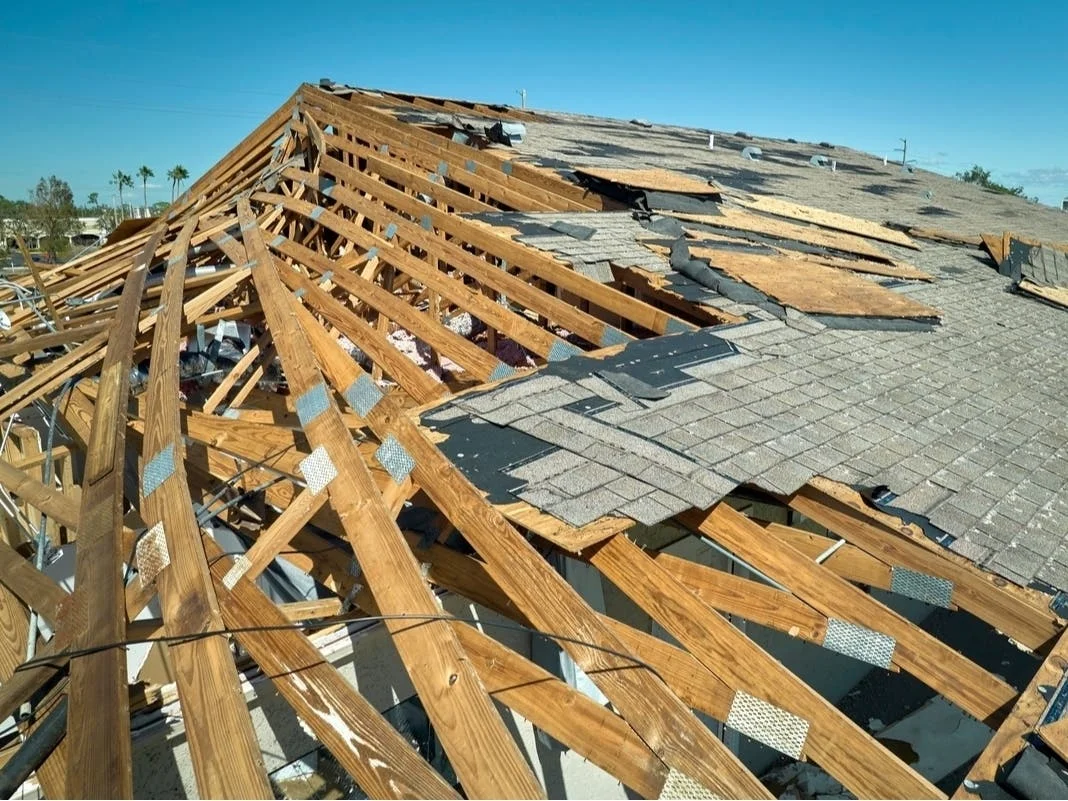
Florida’s $28 Billion in Disaster Aid Since 2003: The Impact of Potential FEMA Cuts
Florida has been a recipient of significant federal disaster aid, totaling $28 billion since 2003, according to recent data from the Federal Emergency Management Agency (FEMA). This substantial sum underscores the state's vulnerability to natural disasters, ranging from hurricanes to severe flooding. The aid has been crucial in helping Florida communities rebuild and recover in the aftermath of these events.
However, the future of such funding is now under scrutiny as discussions about potential cuts to FEMA's budget loom large. The proposed reductions could have far-reaching implications for states like Florida, which heavily rely on these funds to manage and mitigate the impacts of disasters. The potential cuts are part of broader fiscal debates in Washington, where lawmakers are grappling with budget constraints and competing priorities.
The concern among Florida officials and residents is palpable. Without adequate federal support, the state might struggle to respond effectively to future disasters, potentially leaving communities more vulnerable and less resilient. Local governments and emergency management agencies are already exploring alternative funding sources and strategies to prepare for such a scenario.
As the debate over FEMA's budget continues, the importance of disaster preparedness and the role of federal assistance remain critical topics. Florida's experience with disaster aid highlights the broader national conversation about how to best support states in times of crisis and the potential consequences of reducing such vital resources.